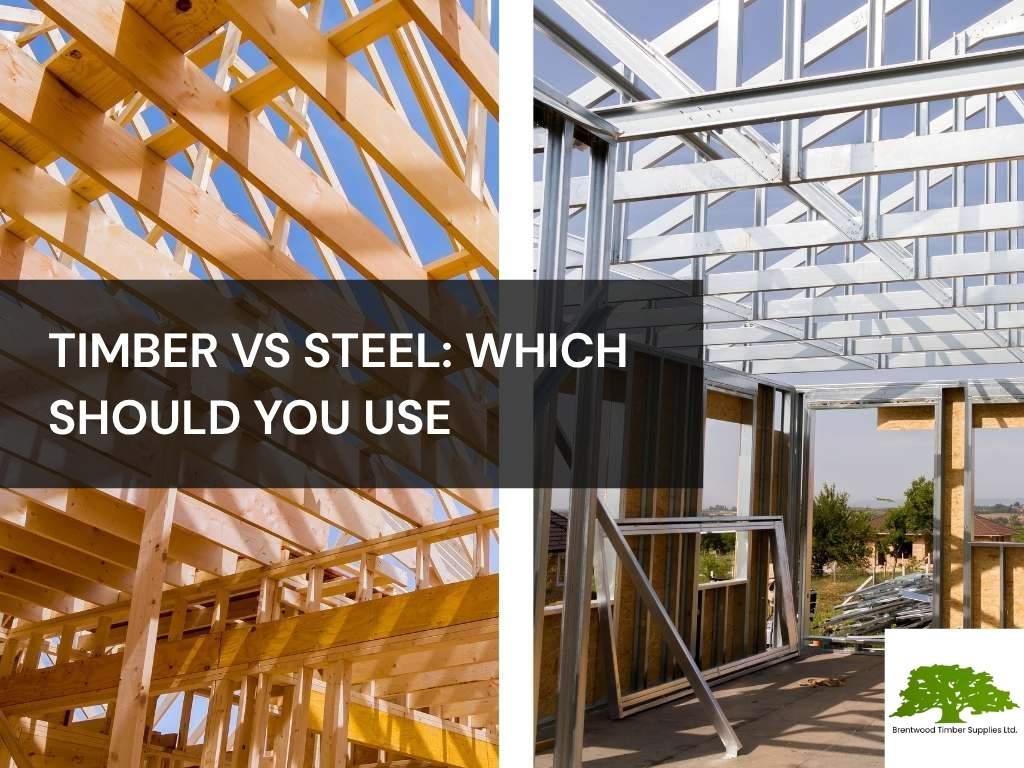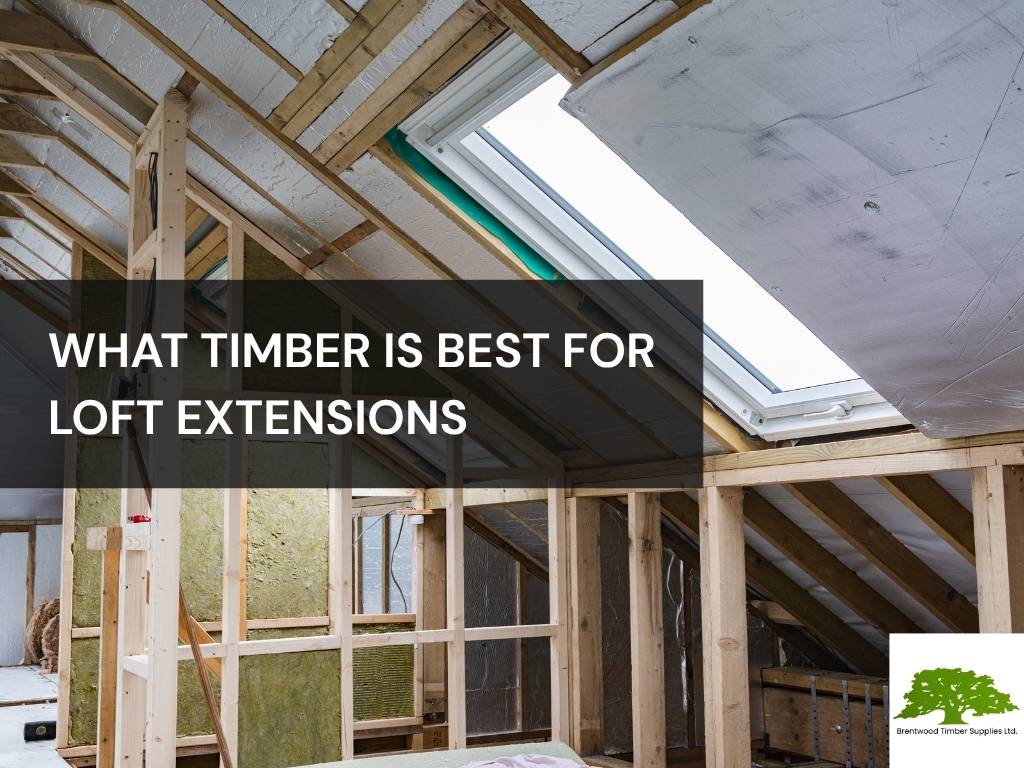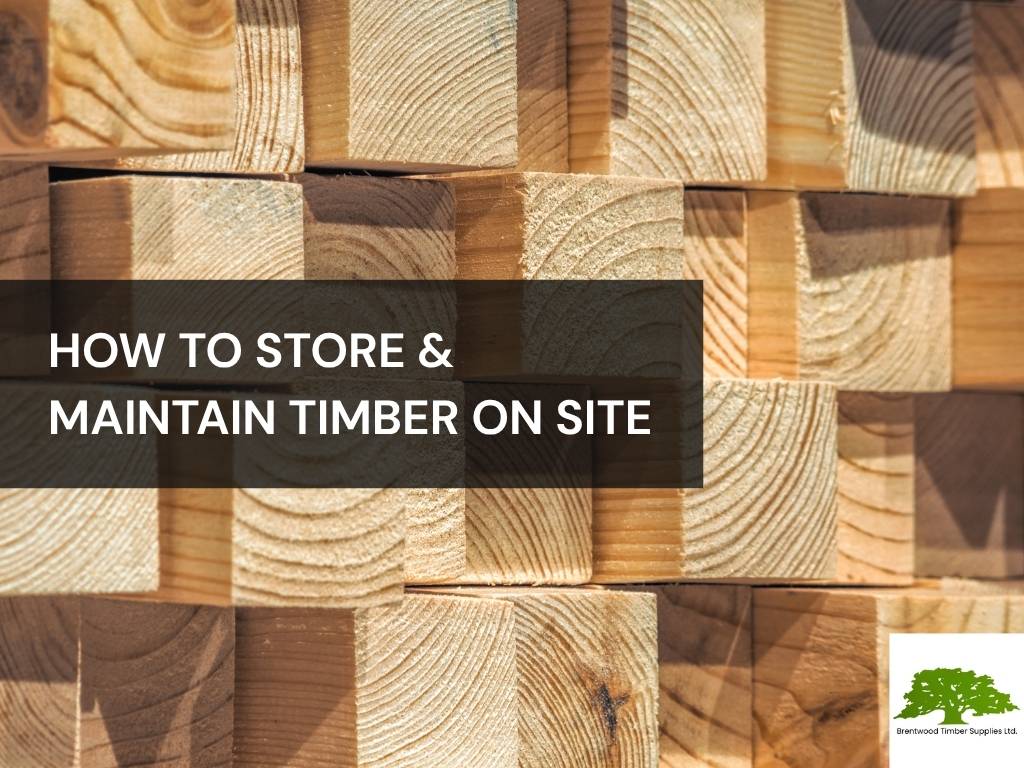If you’re knee-deep in a loft extension or putting together plans for your next big project, the timber vs steel question has probably crossed your mind. It’s not a simple either/or decision. It really depends on what you’re building, what kind of loads you’re dealing with, and frankly, how you like to work.
Let’s break down the differences without getting too textbook about it.
Strength and Span: Who Wins?
Steel is often the go-to when you need to span long distances with minimal support. You’ll see it used a lot in open-plan layouts or where you want fewer vertical supports eating into the space.
Steel advantages:
- Excellent strength – to – weight ratio
- Handles tension and compression well
- Ideal for clear spans in open layouts
Timber, especially structural grades like C24, holds its own in most domestic settings. For the average loft extension or first – floor structural work, timber joists are more than up to the task. They’re also easier to adjust on site, which anyone who’s worked with steel will appreciate.
Workability on Site
From a builder’s perspective, timber is just easier to handle. It can be cut, shaped, notched, and adjusted without needing grinders, specialised drill bits or lifting gear. On smaller sites with limited access, this can be a huge time saver.
Steel often requires pre – planning down to the millimetre. Once it’s fabricated, you’re locked in. That’s not always a bad thing, as it can speed things up during install, but there’s less room for flexibility.
Weight and Transport
Steel might be lighter than people think, but timber is still far easier to move around. This is especially true if you’re working in tight spaces or upper floors with limited access.
Builders know the drill:
- Haul a few lengths of C24 up a scaffold? Doable.
- Hoist a steel RSJ through a dormer window? Less fun.
Cost and Lead Times
This is where things can swing either way, depending on market prices. Timber tends to be cheaper up front and easier to source quickly. Steel prices can be volatile, and fabrication adds both cost and lead time.
That said, in some projects, a single steel beam might replace multiple timber members and supports. So while the unit cost is higher, the overall structural design could be more efficient.
Fire and Moisture Considerations
One of the common misconceptions is that steel performs better in fire. In reality, exposed steel can fail suddenly when heated, whereas timber chars slowly, maintaining structural integrity for longer. Both materials can be made fire safe, but it’s worth discussing with Building Control on a job by job basis.
Moisture wise, steel obviously won’t rot, but it will corrode if left untreated. Treated timber is very resilient, but long term exposure to damp still requires careful management.
Timber Is Making a Comeback
You might have noticed more timber appearing on builds lately, and it’s not just a flash in the pan. In the UK, rising brick costs and shortages have pushed developers to use more timber frames. Big names like Barratt, Redrow and Persimmon are now using timber in a growing percentage of homes, often combining it with brick facades on the outside.
Meanwhile, mass timber products such as cross – laminated timber (CLT) and glulam are seeing strong growth globally. In North America the CLT market grew to around USD 179 million in 2023, and is forecast to jump to USD 656 million by 2032 GlobeNewswire. That uptick speaks volumes and shows people are looking for faster builds, improved performance and greener materials.
Timber already has multiple uses in the construction industry, so using a little bit more won’t hurt.
Sustainability? Timber Leads the Way
If you’re thinking long term, or your client is asking about greener options, timber clearly comes out ahead on sustainability.
Unlike steel, which requires intensive mining, high energy input, and significant carbon emissions during production, timber is a renewable resource. When sourced responsibly (look for FSC or PEFC certification), it actually helps remove carbon from the atmosphere. Trees absorb CO₂ as they grow, and when harvested and used in construction, that carbon is locked away in the timber, potentially for decades.
A few sustainability wins for timber:
- Carbon storage: One cubic metre of timber can store around 0.9 tonnes of CO₂
- Lower embodied energy: Timber products require far less energy to produce compared to steel or concrete
- Renewable and biodegradable: As long as forests are managed properly, timber is a renewable and recyclable building material
According to a 2022 report by the World Green Building Council, switching from steel and concrete to timber in mid rise buildings could reduce construction related emissions by up to 69%. (Science Direct)
Of course, steel can be recycled, and modern steel production has improved in terms of emissions, but it still can’t compete with the carbon benefits of sustainably harvested timber.
So if you’re aiming to build greener, or just want to meet the growing demand for low impact construction, timber’s got a strong case.
Where Each Material Shines
Go with timber when:
- You need to adjust or cut on site
- Access is tight or lifting gear is a hassle
- You’re building within traditional domestic construction norms
Choose steel if:
- Long spans or heavy loads are involved
- You want slimmer structural members
- The layout benefits from reduced supports
Final Thoughts
At the end of the day, the best material is the one that suits the job and the builder. There’s no shame in mixing and matching either. Many loft extensions use timber for joists and floors, but steel for ridge beams or goal post frames.
From our point of view, we’ve seen more headaches come from inflexible planning than from using the “wrong” material. If you’re clear on what the structure needs to do, then deciding between timber and steel becomes much more straightforward.
And remember, no one ever said you couldn’t use both. If you’re after a bit more advice feel free to contact our office.





